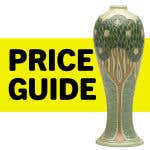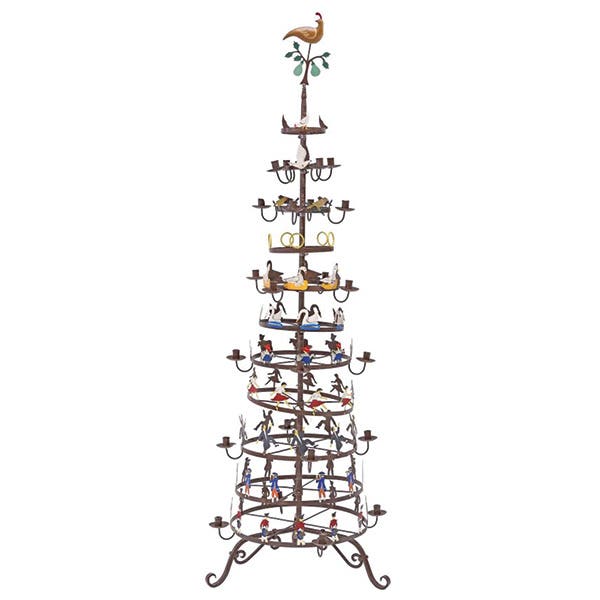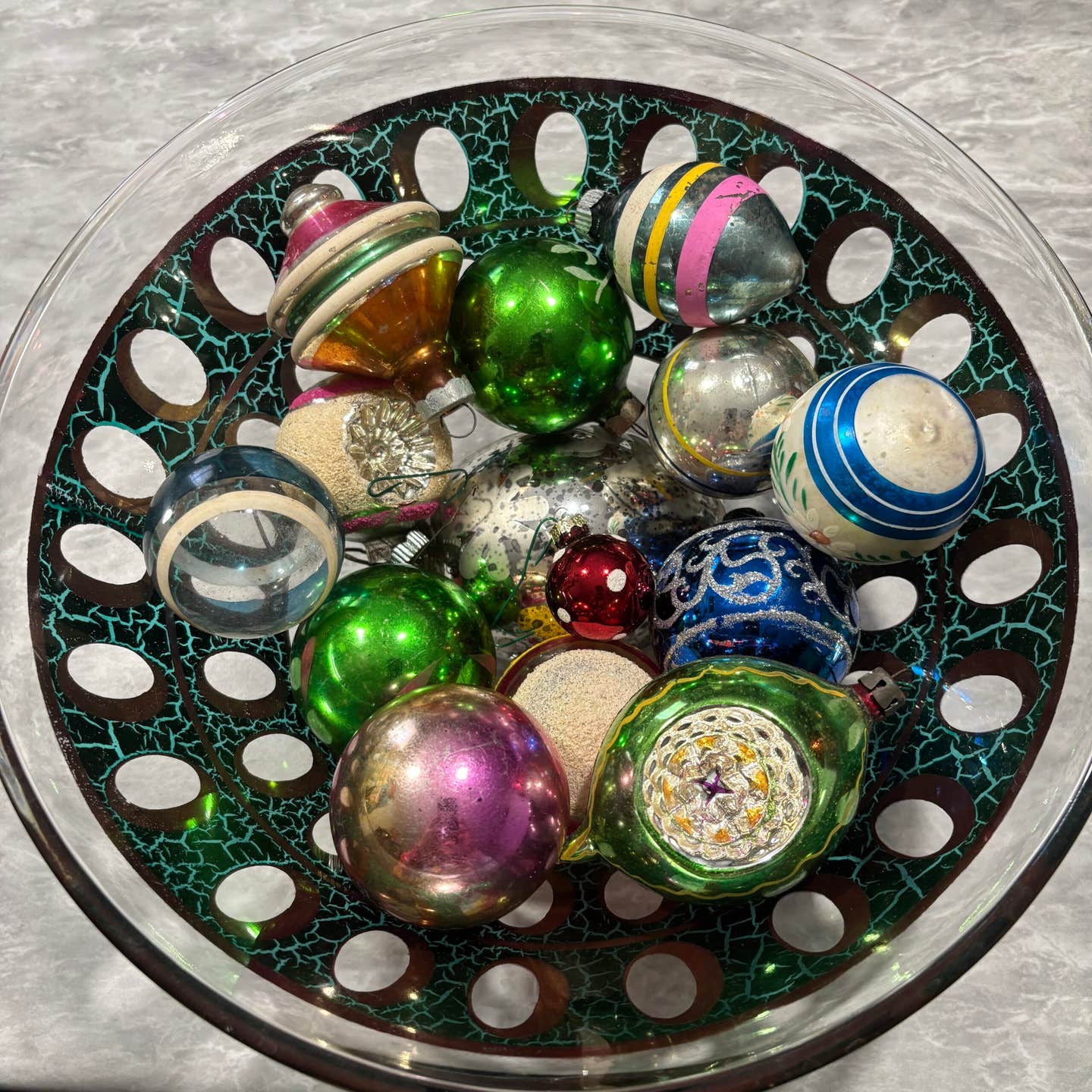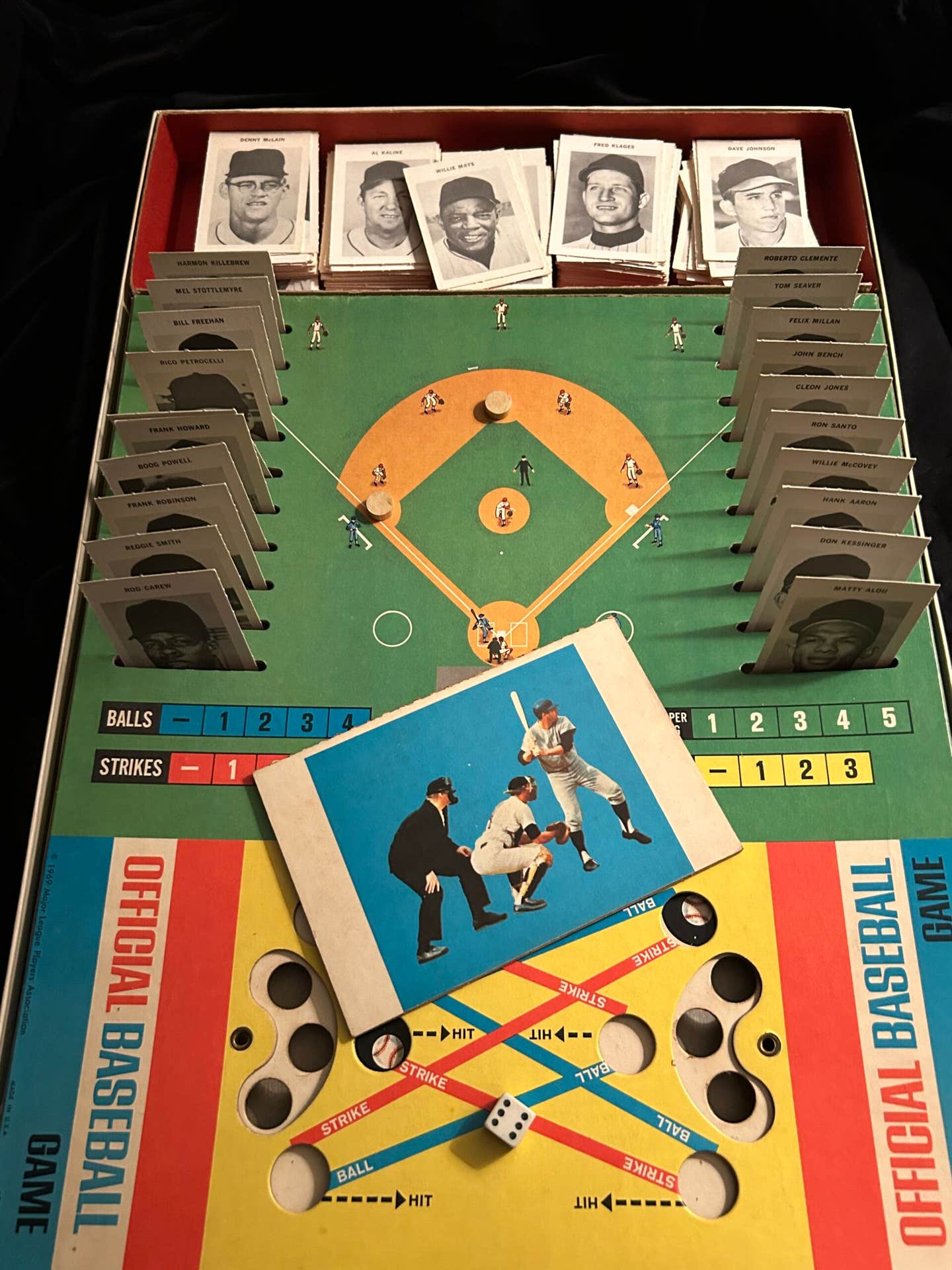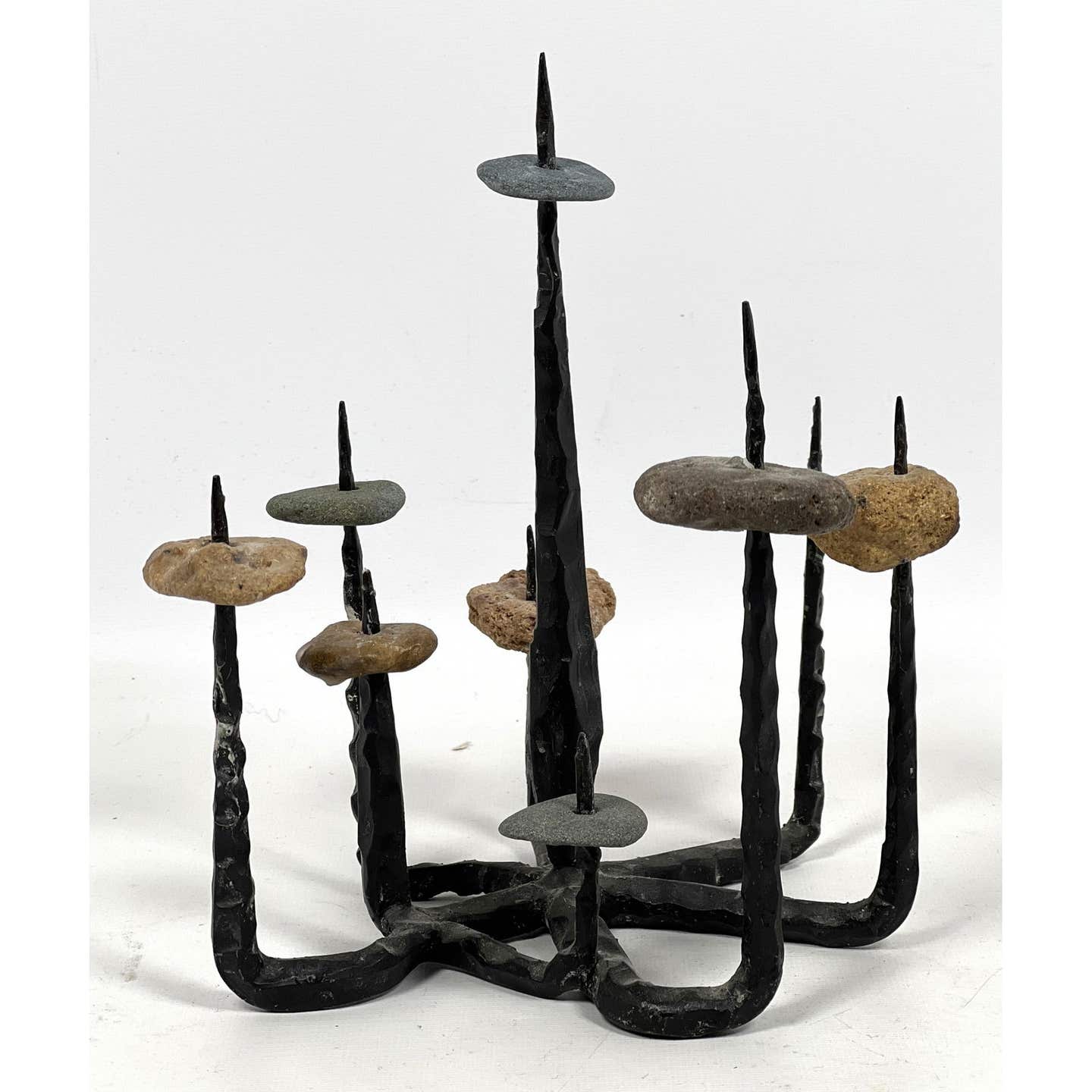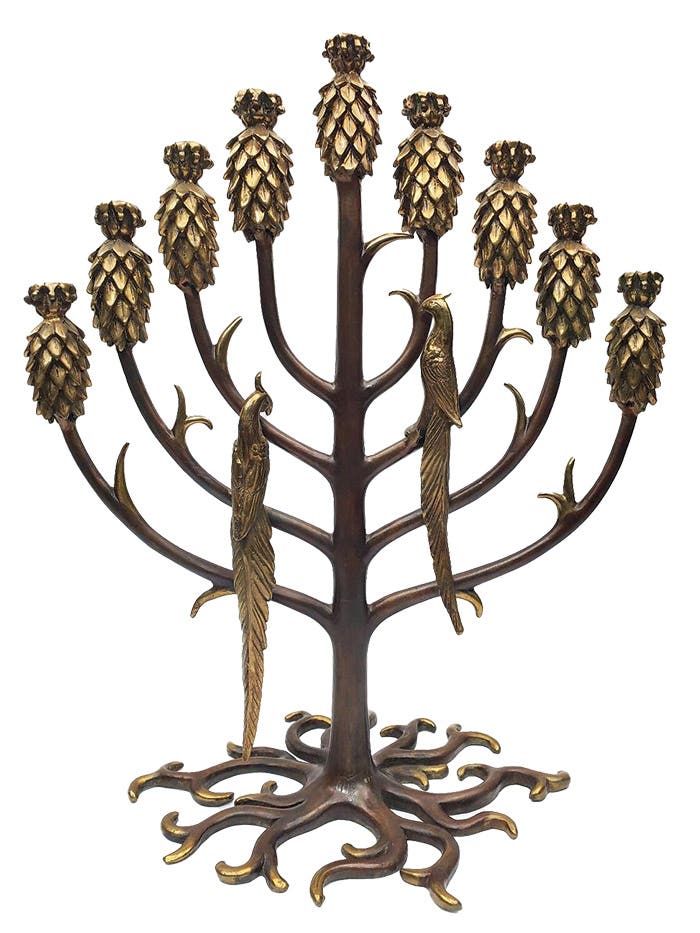Historical import keeps Civil War political memorabilia relevant
From campaign banners and Torchlight memorabilia to parade flags and ferrotypes, the popularity of Civil War political memorabilia continues to be led by Lincoln.
By Greg Bates
The political landscape during the 1860 and 1864 elections was like nothing the nation had witnessed before or since.
It’s during the civil unrest when Abraham Lincoln started to become a household name.
The Republican Party put all its trust in the lanky lawyer from Illinois. Molding him into the ideal presidential candidate in 1860.
Political Campaign Collectibles Prevalent Early On
In a heated, four-party race, Lincoln hit the Civil War political campaign trail with urgency. Torchlight parades were held at night. Supporters waved flags that proudly proclaimed their endorsement for Lincoln and vice presidential running mate Hannibal Hamlin.
Lincoln won over voters to become the 16th President of the United States. He took office just a few weeks before the first shots at Fort Sumter. These shots marking the start of the Civil War. Four years later, he was reelected through the National Union Party as the war was winding down.
Lincoln wasn’t too popular while in office; his popularity spiked after he was assassinated one month after his second term got underway. But 152 years after becoming the first president to be murdered while serving the country, Lincoln’s still immensely popular with political memorabilia collectors.
Lincoln Dominates Civil War Political Memorabilia
Democrats John C. Breckinridge, who was Lincoln’s stiffest competition in the 1860 election, and George McClellan, Lincoln’s rival in ’64, remained important political figures during that era, but it’s Lincoln who has stood the test of time.
“It’s sort of Abraham Lincoln and then everybody else,” said Scott Mussell, an Americana specialist at Hake’s Americana & Collectibles. “I think as long as Abraham Lincoln is remembered as an iconic president, that material will always be among the most coveted.”
Prices for Civil War political memorabilia, particularly those associated with Lincoln, have maintained their value, and in most cases gone up. Don Ackerman, an Americana expert and consignment director at Heritage Auctions, calls Lincoln political pieces “recession proof.”
“Lincoln material is like blue-chip stocks,” Ackerman said. “Generally, the political items, presidential campaign items, probably the market has gone down lately because there’s not as many people actively collecting as there used to be. Old-time collectors have died off or they’ve sold their collections and there are not enough newer collectors to absorb all of this material.
Capitalizing as a Crossover Collectible
“The prices have gone down in many instances, but as far as Lincoln, there’s good crossover appeal.
If you’re not interested in political presidential campaign items, you might want something Lincoln. You’ve got not only political collectors that pursue Lincoln, but there are Lincoln collectors and there are coin collectors and average citizens who really don’t collect at all but they want to have something from Abraham Lincoln.”
Steve Ferber – co-owner of Lori Ferber Collectibles, one of the largest presidential collectibles and memorabilia dealers in the country – tends to keep a steady stream of Lincoln items available on his company’s website. Lincoln pieces always sell well and generally change hands pretty quickly.
“It’s one of the few areas in political collecting I think that has increased in value over the most recent years, particularly in popularity,” Ferber said. “With other collectibles, it’s been a tough time the last five, 10 years. But Abraham Lincoln items tend to hold their value or increase in interest.”
Re-election Campaign Collectibles Enjoy Popularity
Ferber noted the 1860 items tend to be less scarce than some of the ’64 items. This is common in re-election campaigns. They typically don’t garner as much attention as the initial campaign.
Even though some Civil War political campaign materials have become tougher to find, there are still plenty of pieces on the market.
“They made all manners of things, everything from tokens to ferrotypes that had portraits of the candidates, up to flags, ribbons, lots of paper and posters and broadsides,” Mussell said. “So there’s really a rich amount of material that can be collected, and all of it is kind of coveted.”
Some of the items were produced in the thousands, but aren’t in existence any longer. Those pieces weren’t made to last, Ackerman noted.
Eyes on Rarity
“In the case of Lincoln, because he was the first president to be assassinated and he was generally pretty well regarded, people saved his stuff,” Ackerman said. “And the fact that it’s from the Civil War period, people saved stuff from the Civil War period, Lincoln political items are available. There’s a lot of it, but it doesn’t mean that there aren’t certain pieces that are extremely rare. There’s a lot of pieces that are and a lot that are unique.”
Ferber echoes the discovery of rarities, “We’ve often shocked at the vast variety of items that are still available from the Civil War area and how many and how many hardcore collectors there are out there.”
One of the hottest items in recent years has been Lincoln parade flags.
Ackerman recalls having a chance to purchase a Lincoln and Hamlin 1860 name flag about 40 years ago when a private seller was asking $375. Ackerman offered $325, but the seller already had someone lined up to pay his asking price.
“Many years ago that stuff was affordable, but now it’s not,” Ackerman said.
Parade Flag Appeal
Ferber stated a typical parade flag sells in the range of $20,000 to $30,000, which is about double what they captured just five years ago.
“They’re very attractive, small items and they’re easy to display,” Ferber said. “They’ve increased in value significantly. They’re very hard to come by in good condition.”
The parade flags are popular from both 1860 and ’64. Ackerman said flags are being aggressively pursued by collectors and in some cases fetching six-figure prices.
Heritage Auctions has also sold a number of quality Lincoln flags in the last couple of years. In May 2015, a Lincoln and Johnson flag from 1864 featuring a large portrait of Lincoln and the words “Lincoln and Johnson” and “Liberty and Union” sold for $106,250. A little over one year later, Heritage auctioned off a Lincoln and Hamlin campaign flag featuring a beardless Lincoln. That piece raked in $75,000.
Flags Sans Portraits Attract Attention
In mid-July of 2017, Hake’s Americana & Collectibles held an auction in which a Lincoln and Hamlin
glazed cotton flag without portraits netted $40,124.40. Mussell noted that the seller had discovered the flag at a Pennsylvania flea market about 30 years ago and purchased it for around $1,000. During a 2016 auction, Hake’s sold a Lincoln and Johnson oil cloth flag for $23,655.50.
Both items exceeded the auction house’s presale estimates.
“I’m not surprised,” Mussell said. “The market’s been really good for this type of material and it’s always in demand. I’m pleased, but I’m not super surprised.”
Another interesting piece from Hake’s July auction was a Constitutional Union Party banner for 1860 candidate John Bell. It depicts Lady Liberty holding a child in her right arm with a dog seated at her left and a fountain in the background. The banner states, “Our Native Land, Onward to Her Rescue.” The hand-painted silk masterpiece has miraculously lasted for 157 years. It sold for $13,700.39.
Survivability
“The survival rate of things like that is so low,” Mussell said. “Here’s this huge piece of silk that these people hand-painted back then. It had to make it all these years without incurring too much damage so as to be thrown away. It had so many things to avoid to make it here. It’s just really special to see them.”
From the high end of the spectrum to the lower range, political memorabilia from the 1860 and 1864 campaigns can still be affordable.
“You can have very little money and obtain interesting historical pieces related to any candidate from any area,” Mussell said. “It’s a tremendous hobby as far as that goes.”
The experts agree that tokens, medals, campaign badges, ballot tickets and sheet music from both elections are still relatively inexpensive. A collector can pick up a campaign token for around $50, noted Ackerman. A common ballot ticket can go for $20 to $30, and Lincoln ballots can be purchased for between $100 and $150.
“It always amazes that something from that time period that’s original could sell for that little,” Ferber said. “It’s all about supply and demand.”
Big on Broadsides
There are also still broadsides and posters around today from the election campaigns. Ferber said when his company gets in one of those rarer pieces it sells rather quickly.
“They’re often very attractive, very well produced, and there are many collectors that are interested in items like that,” Ferber said. “In fact, I don’t think we have a single poster or broadside left in stock at the moment from that time period.”
As for the candidates Lincoln squared off against in the two elections, there’s not as many items on the market today. Mussell noted there isn’t much available for McClellan because people weren’t too excited about the former Union Army general’s 1864 presidential run.
Confederacy Collectibles
There are also some Confederate election items still floating around. Mussell said Hake’s gets in some Confederacy pieces once in a while. A ribbon from Jefferson Davis’ inauguration as Confederate president sold for between $3,000 and $5,000.
Ferber noted Confederate pieces aren’t too popular. Lori Ferber Collectibles has available four small framed and autographed pictures of Confederate Vice President Alexander Stephens in a single frame. Steve Ferber said the item, which is priced at $450, isn’t selling very fast.
Ferber anticipates campaign items from the 1860 and 1864 elections, especially Lincoln pieces, will continue to increase in value and popularity in the coming years.
“It’s hard to have a crystal ball when it comes to collectibles. Certainly, the rarer items we think will continue to hold their value,” Ferber said. “The common items like many collectibles will have a tough time in the years to come. Because the young people are not embracing collecting as much as their parents or grandparents did. But we hope that will change as the years go on.”
National Museum of American History Treasures
The Smithsonian’s National Museum of American History in Washington, D.C. opened a new exhibit at the end of June. It is titled, “American Democracy: A Great Leap of Faith.” It explores citizen participation, debate, and compromise from the nation’s formation up to today.
Included in the long-term exhibit are pieces relating to the Civil War. It also features material from the 1860 election. The exhibit is scheduled to be around for 20 years,
“We have some wonderful pieces on display related to that campaign,” said Harry Rubenstein, the curator at the National Museum of American History.
Two of the premiere objects in the campaign section of the exhibit is a Lincoln campaign torch and parade axe. Torchlight parades were very popular in 1860.
“It was sort of the heyday that it’s really the flowering, the exuberant expression in which tens of thousands of people in large cities marched down the streets in these torchlight parades,” Rubenstein said. “It was this idea if you could get people out and march in these parades and they’ll march right to the polls the next few days.”
Unique Lincoln Memorabilia
The torch on display is white with gold lettering that says, “Hurrah for Lincoln.”
The wooden parade axe shares the message, “Fear Not Old Abe is Our.” On the reverse, “Good Time Coming Boys.” The axe is extremely durable having survived all these years.
Also in the exhibit are Civil War polling books, those soldiers used in the field during the 1864 election. It was their absentee ballot of the time, Rubenstein said.
There are also ballots from both elections, ribbons and medals in the museum’s collection. In the archives, there is also a Lincoln campaign transparency.
One item the museum doesn’t have is a Lincoln campaign broadside. “There are not many of those that actually survived,” said Rubenstein. “Mostly it’s the banners that survived from Lincoln, and we have a couple.”
Preserving American History
The 1860 and 1864 elections were extremely important in molding how the Union prevailed in the Civil War. The political items that have survived for over a century and a half tell the stories of the trying time of the nation.
“They’re the window into that history,” Mussell said. “These are actual artifacts from the time, and I think they’re terribly important. They’re just as important as any document or manuscript of that era. This sort of gives a sense of the picture of things that were going on just day to day. These were items that were used by politically active people of the time.”
Said Ferber: “I think it’s incredibly important to preserve history. I think it’s incredibly important for young people to appreciate what went on at that time in our nation’s history. And to actually be able to hold a piece history in their hand.”
Rubenstein believes it’s essential to have the items to complete the chapter during that time of American political life.
“The Civil War is a moment of crisis, the crisis about democracy, the crisis of whether the nation will hold together and what the future of the nation is,” Rubenstein said.
“This material is essential to tell that history and it would be totally incomplete without it.”
